I used my Remote Video Astronomy setup with the laptop inside our camper connected to the DS2.3+ on my PST outside. This allowed the laptop to stay cool (and humans too) while capturing images of the eclipse.
Here are a series of image captures (no post processing) showing the progression of the partial eclipse after totality (when we had clear skies).
Here is a link to my time lapse recording that does give a feel of the total eclipse event. It also conveys the dramatic difference between the partial eclipse portion and the total eclipse portion. Not to sound trite, but it is literally a night and day difference.
www.youtube.com/watch?v=Zzm6GRg-S84
In spite of the initial morning cloudy skies, the trip was well worth it. I'll never forget what I saw as I looked up during totality, and I enjoyed experiencing the images from the DS2.3+ both in real time and later as captured images.
So, in seven years I’ll be ready to apply what I learned and do this all over again. Who knows what advances we will see in video astronomy in seven years!


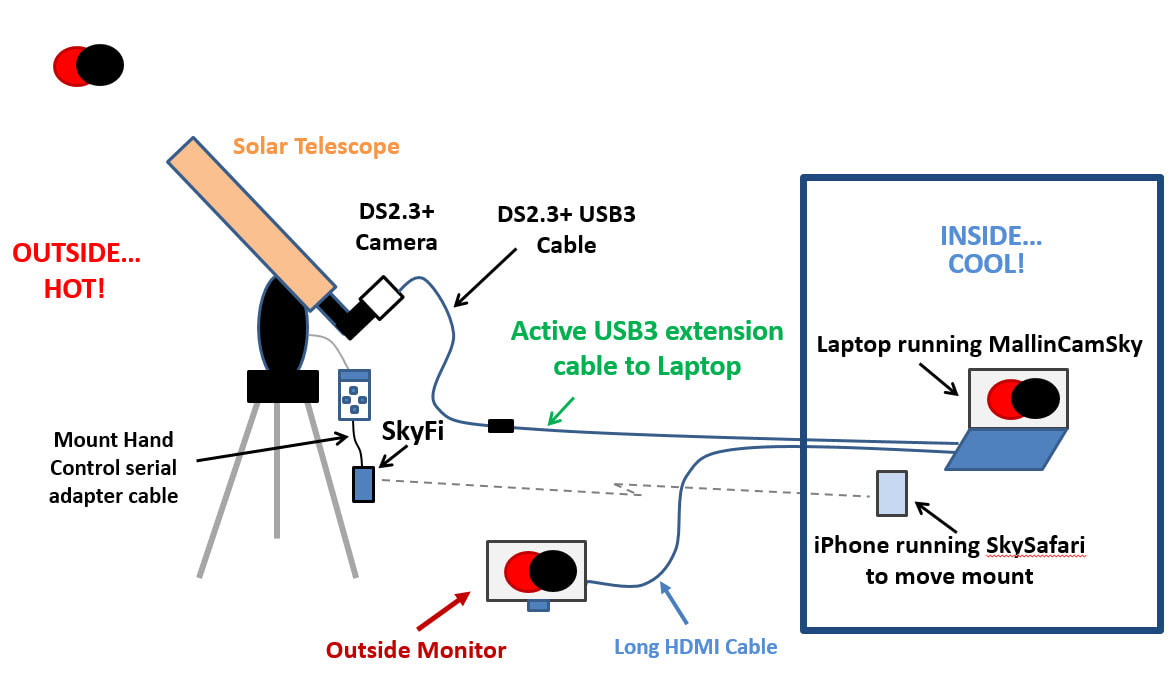

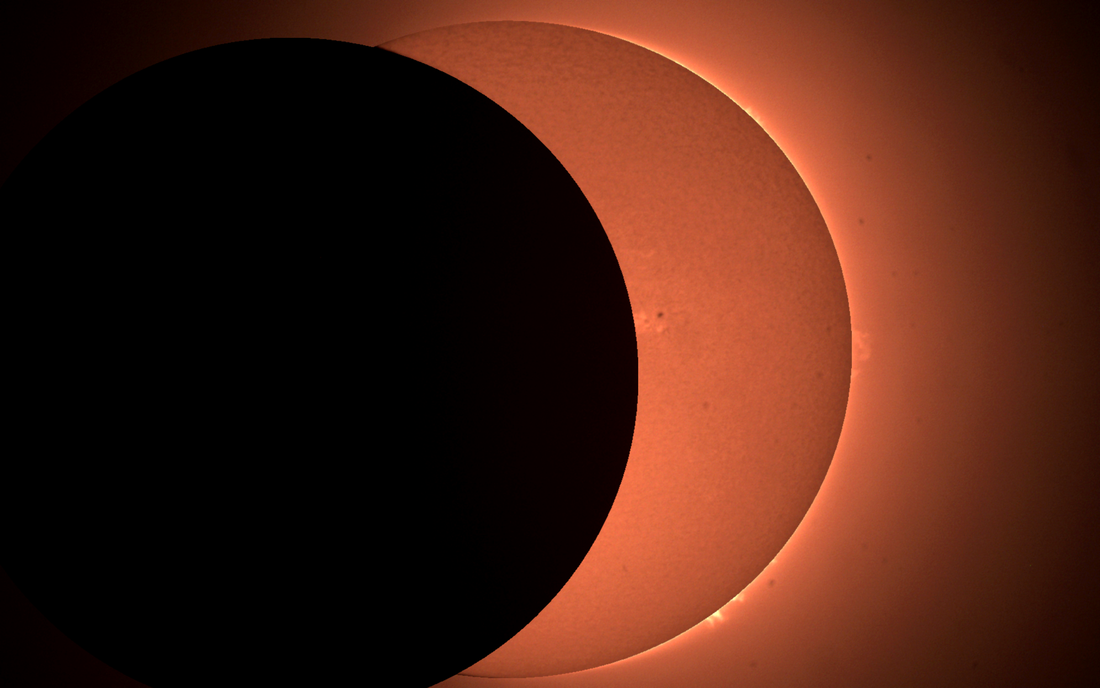
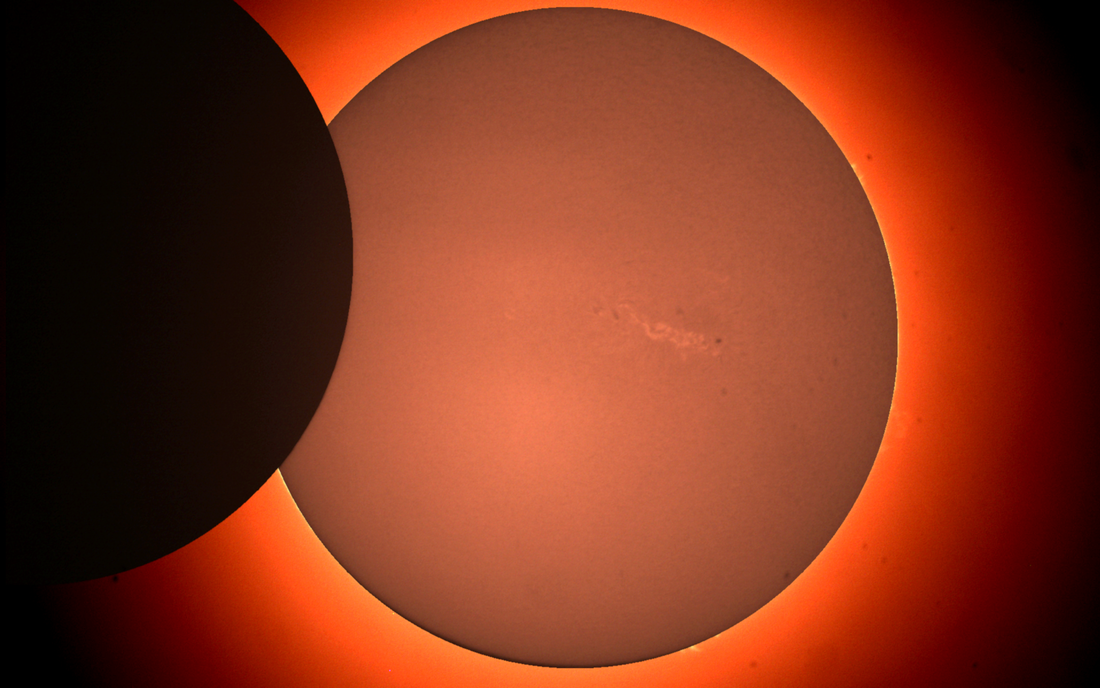




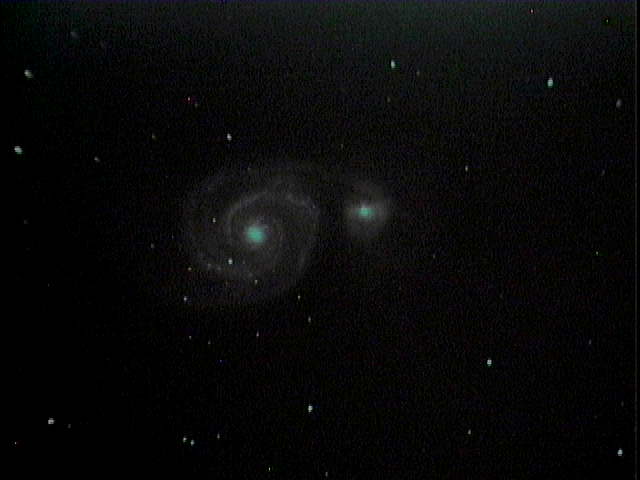
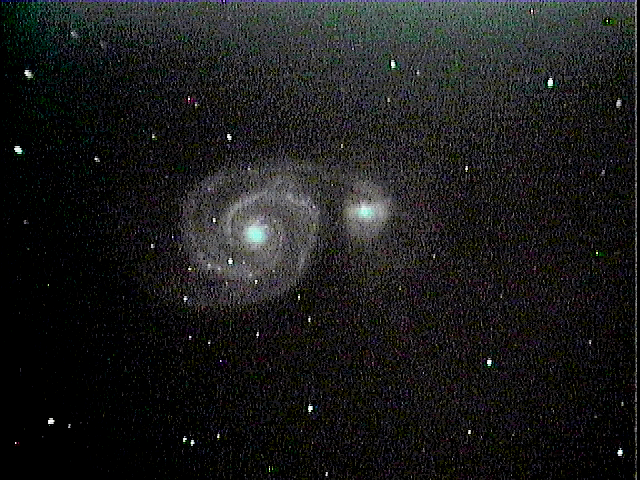

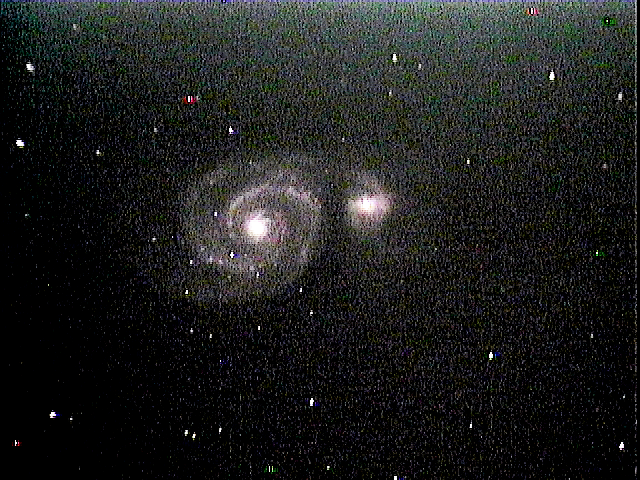
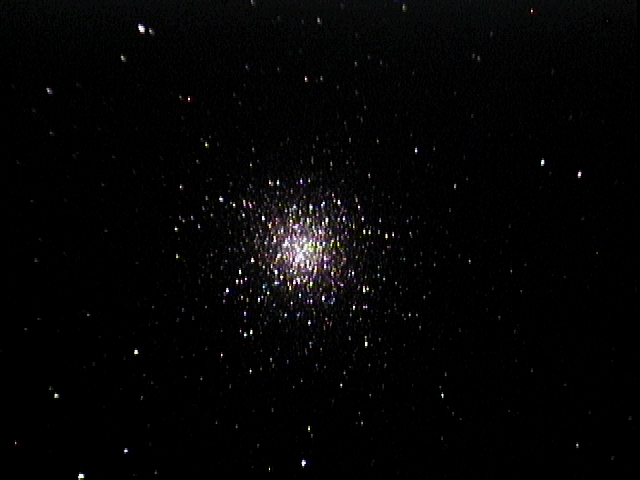
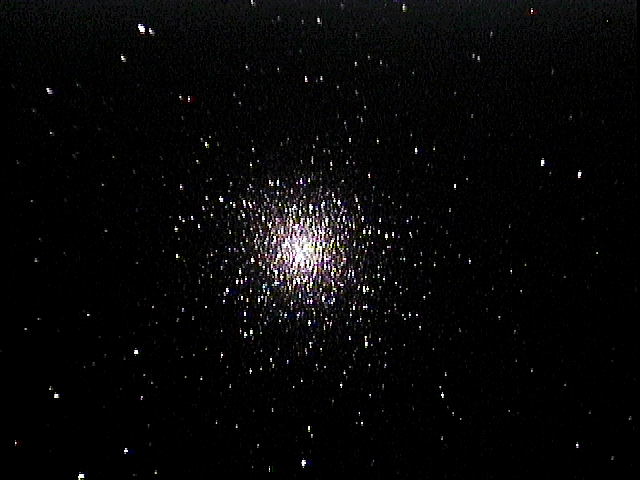
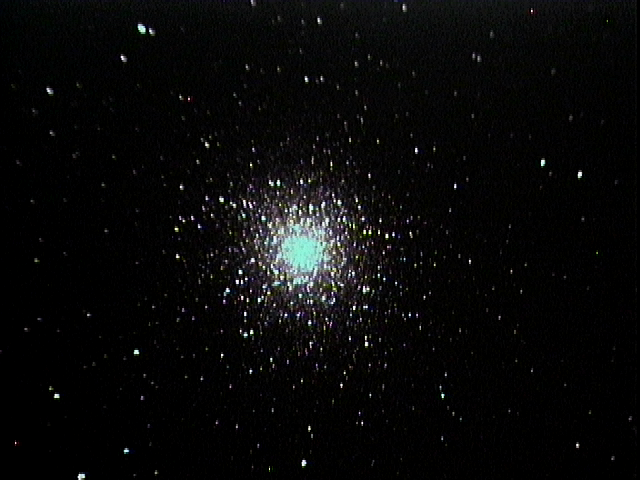
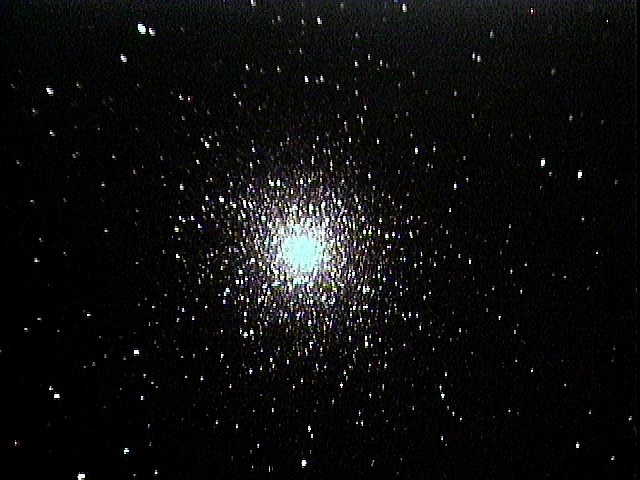
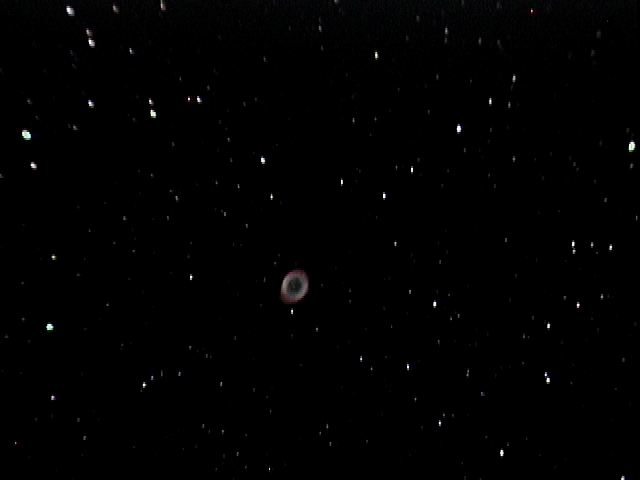
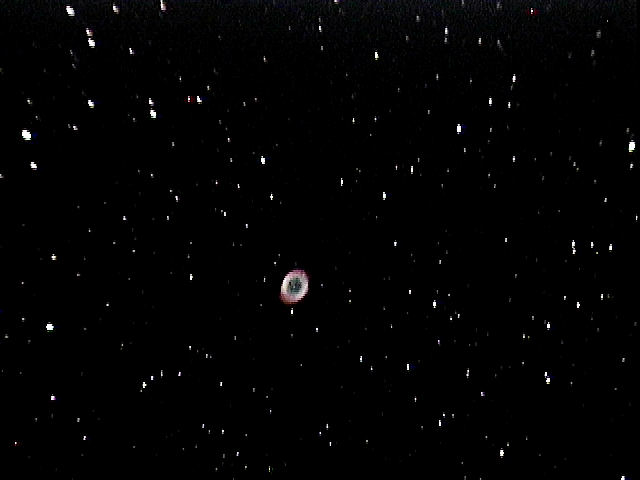
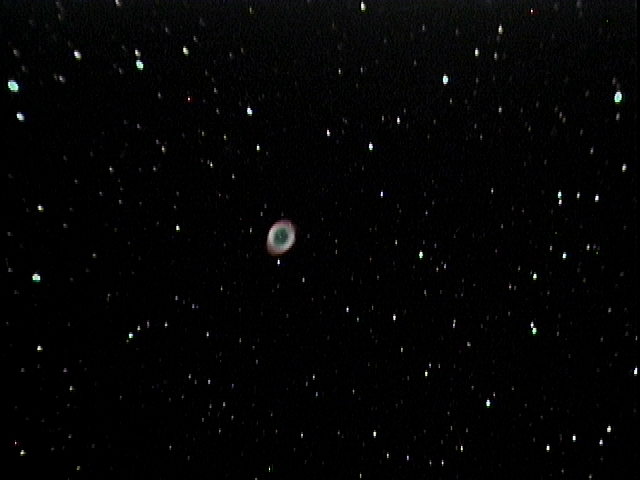
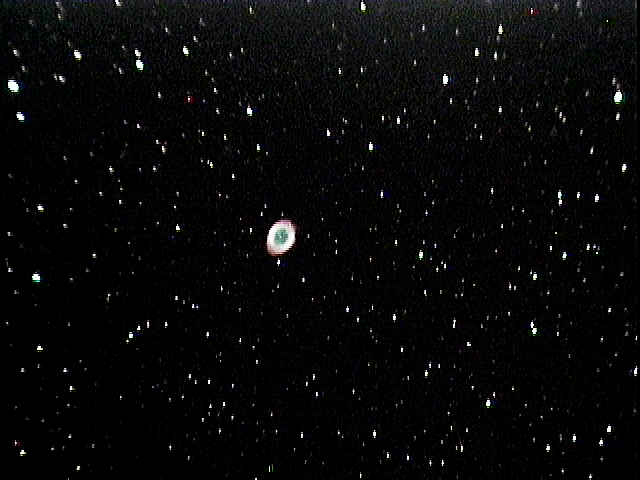
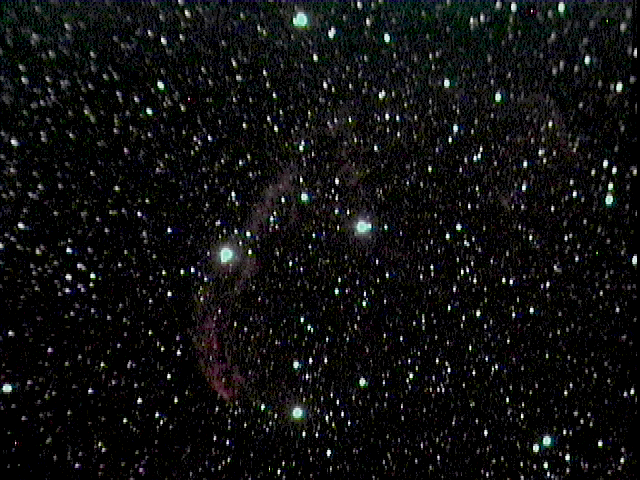
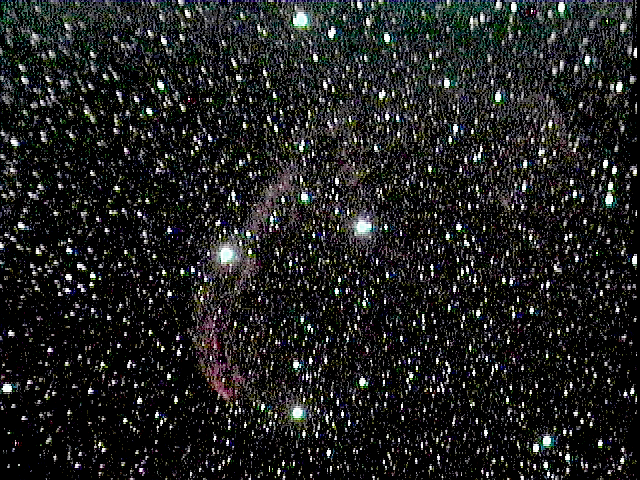
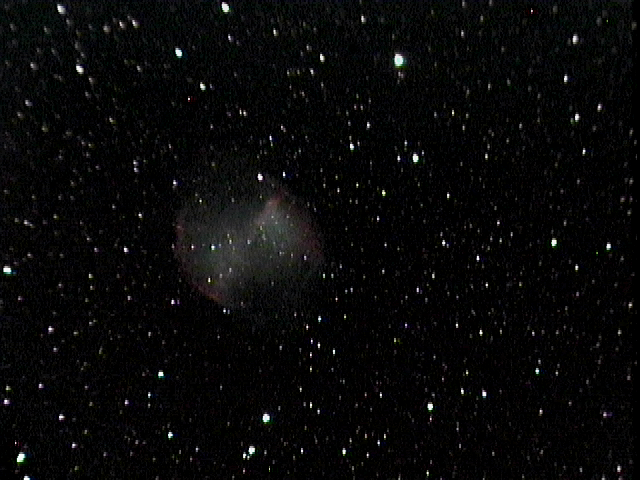
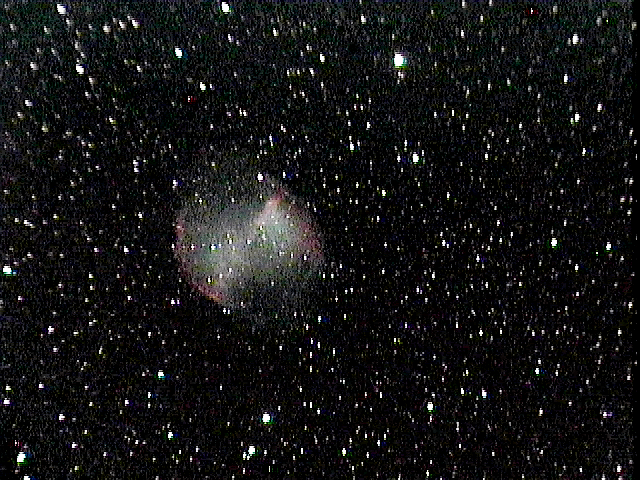
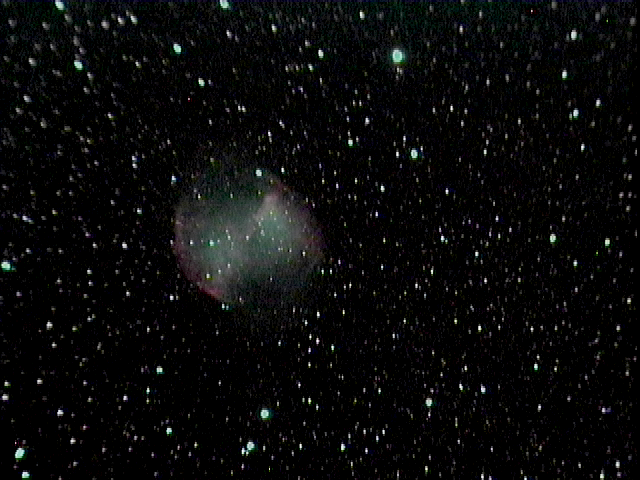
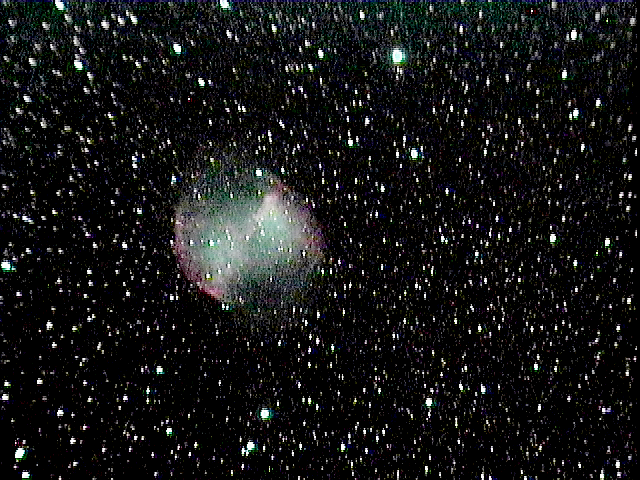





















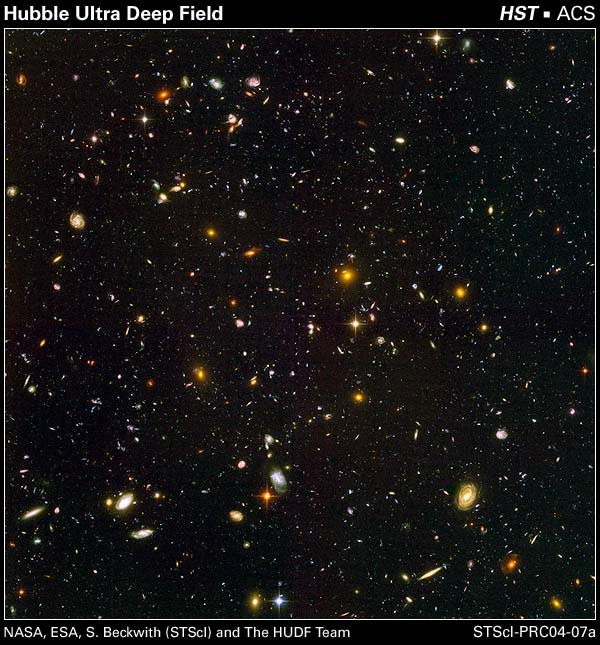
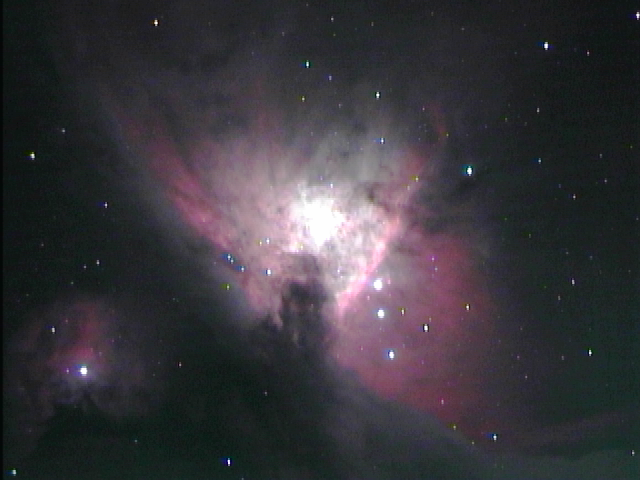
 RSS Feed
RSS Feed